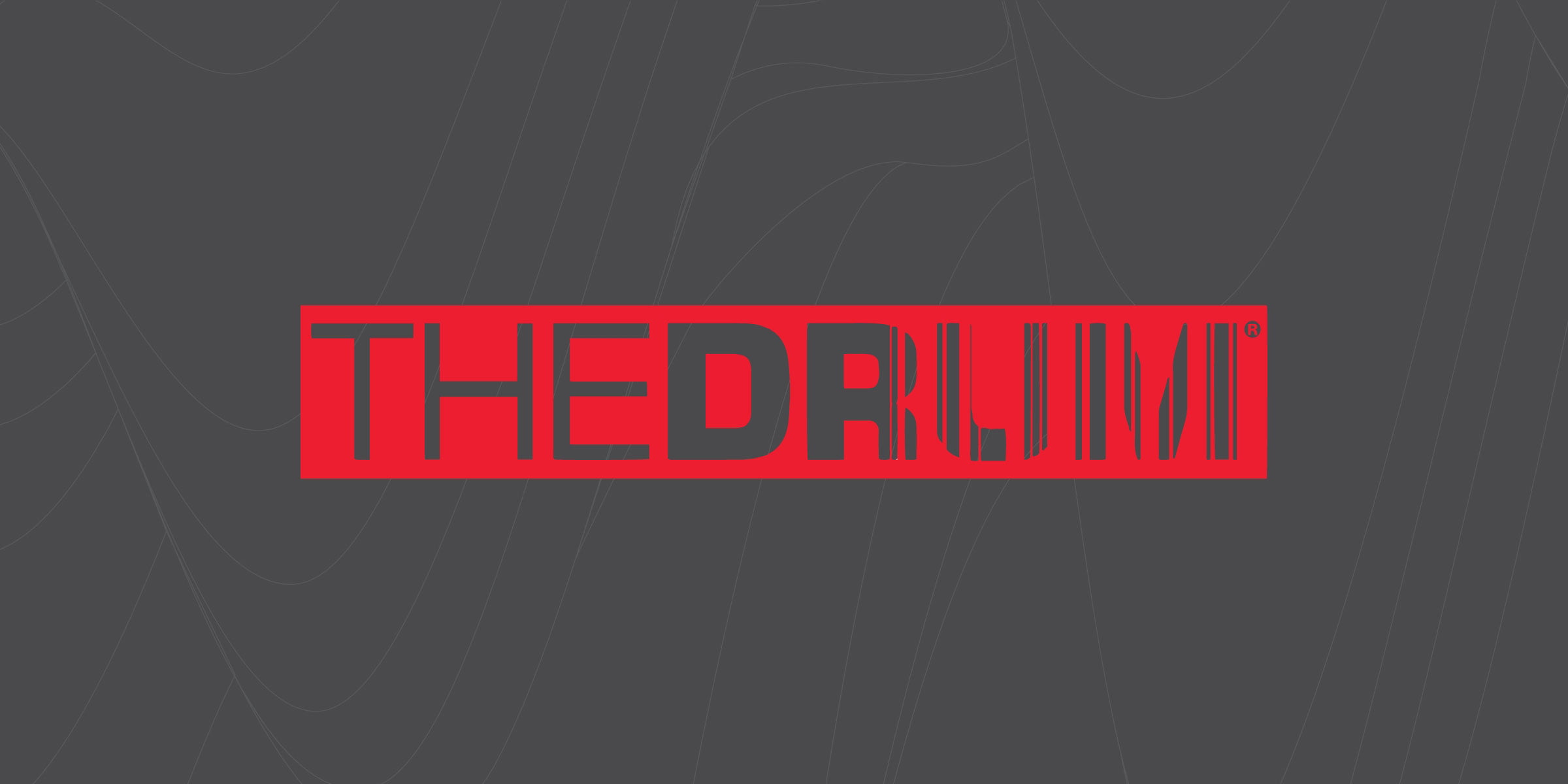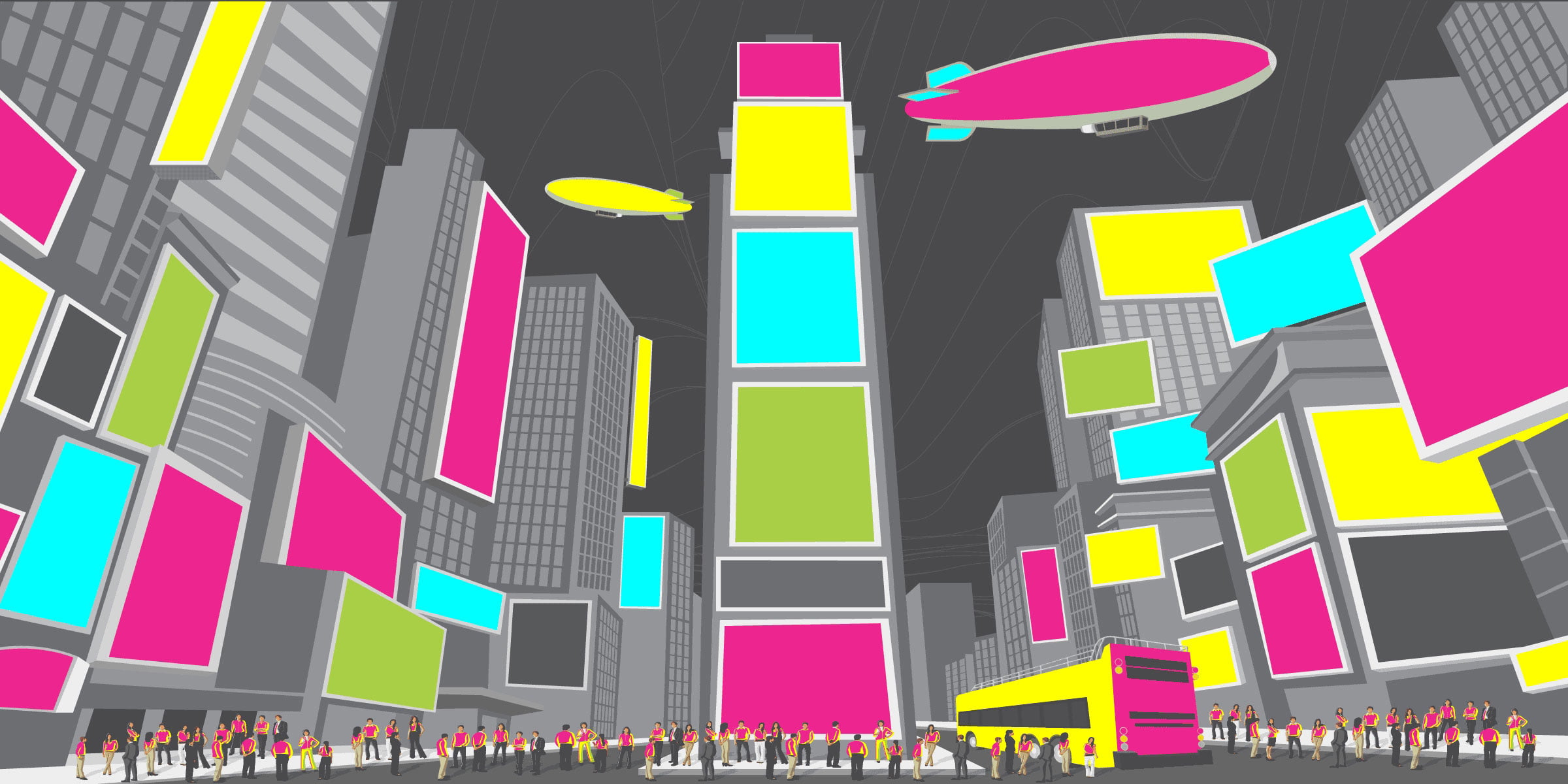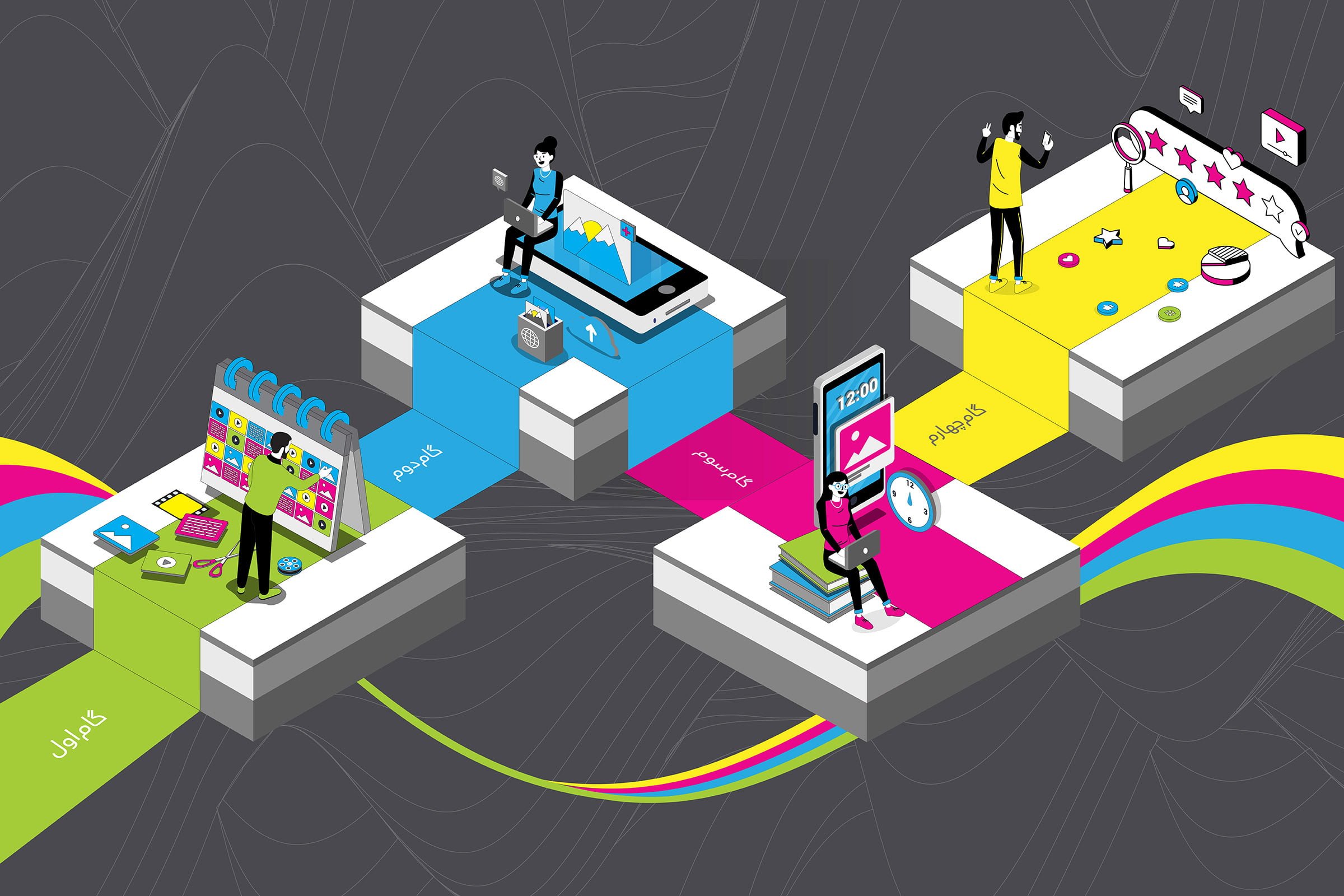Challenges of package design in an Iranian marcomms agency
Finding the right balance between elegance and functionality can be a challenge. Clients are looking for creative packaging design in Iran that grab consumers’ attention and drive sales. At the same time, they’re looking for a functional design that meets durability and fulfilment requirements.
The product package design is an extension of the brand, which in turn reinforces the brand identity. Zigma8 | 360º Creative Communications in Iran plays an important role in packaging design by giving Iranian brands access to world-class package design as the only member of the American Association of Advertising Agencies (4As) in Iran.
We found some of the package design ideas so unique in terms of branding that we decided we had to sit down with this Iranian Marcom agency. During a short conversation with Dr. Mir Damoon Mir, the Creative Director and founder of Zigma8, award-winning branding agency, we had the opportunity to learn more about the branding and design landscape of Iran’s market.
1. What is the core value of your agency as a branding agency when it comes to product package design?
Packaging design is a large and demanding design field. Companies are always looking for agencies who can deliver both product originality and sales performance. While this was what was expected from a package design in the past, package design today is expected to be aligned with the brand image and identity as it is considered the most important brand touchpoint. Package design is the last brand touchpoint a consumer sees and the last chance for the company to convince the consumer to buy the product. Nowadays it is much clearer what the core value of a branding agency working on package design should be—they should be aligning the packaging with all other branding touchpoints.
Here at The Drum, we would like to know more about insights you have into Iran’s consumer behavior. In your experience which one works better in today’s Iranian market? An authentic local design tailored for Iran or a world-class design?
When we talk about product package design, we are talking about all the packaging production and the package design. The packaging needs up-to-date packaging machines, so in this case, it is crystal clear that the world-class packaging would win in the market compared to the local one, which would not satisfy the audience in recent years. This low-quality packaging has a really bad impact on Iranian exports as well.
On quality difference of Iranian design
On the design side, to be honest, I don’t see any clear border between a good local design and a world-class design. The only way you can tell the difference between a good local design from a world-class package design is the Farsi Type on it. The taste of Iranian audiences is not like the taste of Chinese people, or Indian People many years ago in that they had their own taste and you had to find it and localize the design to gain the best response.
Iranian consumers from the north to the south and east to the west of the country have very diverse tastes but thanks to the internet and satellite, all have similarities which a world-class design can focus on.
2. How do you demonstrate the role of creativity in package design In Iran when compared to Europe and the US?
In the US and Europe, the main aim of creativity is to discover and practice more and better ways of communicating, but here creativity means to discover how we can reach world-class standards using existing features and possibilities.
This is not a new story, I have faced the same situation in the last 15 years while working in cinema, film production, TVC production, event management, etc.
And as you can see, Iranian films have found their own way to tell a story in a world-class way. Indeed, when it comes to product package design, it is much more difficult and somehow impossible to compete with global competitors.
3. We reviewed some of your world-class package design projects, please let us know why you choose to work in Iran. The limitations of the packaging industry there are not affecting your ideas?
Why somewhere else?! Iran has everything necessary such as products and consumers. I believe Iran is the biggest emerging market in the region after Saudi Arabia, and a very big unsaturated market in package design, Branding, marketing, and advertising. So it is a paradise for us to work in this field. All virgin fields offer a lot of authentic inspirations to work with.
The limitations would affect the ideas for sure, but we have learned how to support ideation here. The process began by studying all the possibilities first and then thinking about what we can create. So, we are specialists in different printing processes, packaging, bindings, etc., and we have to get involved in the process more to ensure it reaches a world-class result.
4. How have sanctions impacted the packaging industry in Iran?
They have bad effects from different perspectives. One was the limitation of the industrial relationship between Iran and Europe, which results in less updated packaging facilities and less investing from the outside in these thirsty fields. The second was the indirect impact of sanctions, which was a tightening of the financial situation that all the industries are experiencing, so they cannot focus on expanding their product lines and opt not to invest in packaging and design. In this situation, all their effort is on how to survive not how to innovate. And the third effect was that foreign brands and businesses do not want to enter a challenging market situation. As a result, they decide to no longer be active in the country, and this has had a really bad effect on the market as well.

5. How you deal with Persian (Farsi) type on the packages? Is it another hard challenge or an advantage for grabbing Iranian consumers?
The same way I deal with my grandma when I want to attend a party with her. It’s not possible to drastically change anything, as it may lose its identity. We mostly focus on the strengths, so we actually customize the typography for each package design. Working with Farsi fonts does not always result in perfect alignment, but on the other hand, we do need to establish integrity between Farsi type and the English type, which is vital to a standard package design.
The original Farsi typography is perfect itself as fine art. And as it is already perfect we cannot alter it. On the other hand, it is not proper to be used on a package design (as it may give the look and feel of ancient/old product).
6. You have utilized a famous Brazilian digital painter for the Takdaneh package design illustrations, how do you choose whether to work with local artists or manage the project internationally?
Yes, we directed the internationally acclaimed illustrator – Mr. Silva – to create a series of mouth-watering photorealistic images. As you know, he has illustrations for Nestlé and London Dairy in his profile and his skills in photorealistic digital-painting made him our top choice for this imagery. We directed him by drawing the sketches and providing him with the color and texture samples, and the end result was brilliant.
I do not decide whether we will work with a local artist or an international one; it is the project itself that decides. We need the best artist that fits the project that can do it to perfection, and they can be local or international.
7. How do you proof your design with the print houses? Do you do it all in Iran or globally?
Regarding the project’s needs, we simply choose the right printing houses that can deliver our required quality—these can be either inside or outside the Iran. For the TAKDANEH package design, for instance, we collaborated with Tetra Pak due to their existing partnership (In this project, TAKDANEH chose not to change their previous package brand – Tetra Gemina Aseptic) . We carried on the design phase with Tetra Pak’s design team in close cooperation to prepare the designs for the best compatibility with their printing method and circumstances. Each artwork was then sent to the repro house in Lahore, Pakistan, which provides us with a print proof. Then this process was repeated if there were any revisions on any graphical elements until it was confirmed as the final copy. All the confirmed designs were then sent to Izmir, Turkey, where the final printing took place at Tetra Pak’s printing house.
Not to mention, the most important element in every printing project is that the proofs should be provided by the same printing house that will deliver the final prints so that you can make sure the result will be exactly what you expect. No matter whether you are doing the printing in Iran or globally, we always keep track of the project from the sketches to the final printed sheets like we do in every single project of ours.
Thank you very much Dr. Mir Damoon Mir for your time and congrats on your success in the market there again.










